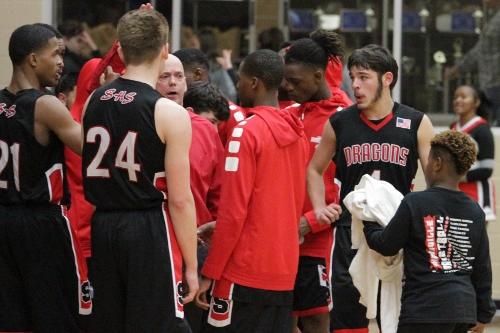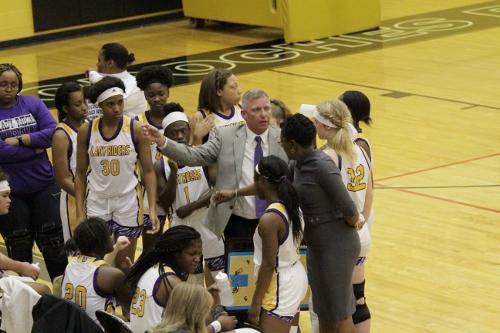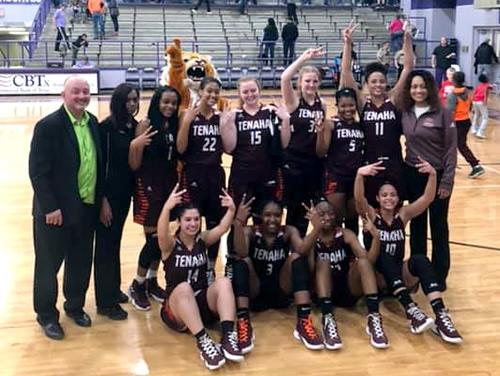
2025-2026 Sports Schedules
Cross Country - Center (JH), Center (HS), Joaquin, Timpson
Football - Center, Joaquin (V), Joaquin (JH,JV), Shelbyville, Tenaha, Timpson,
Tennis - Center,
Volleyball - Center, Center Christian Academy, Shelbyville (JV,V), Shelbyville (JH), Timpson (HS), Timpson (JH),













